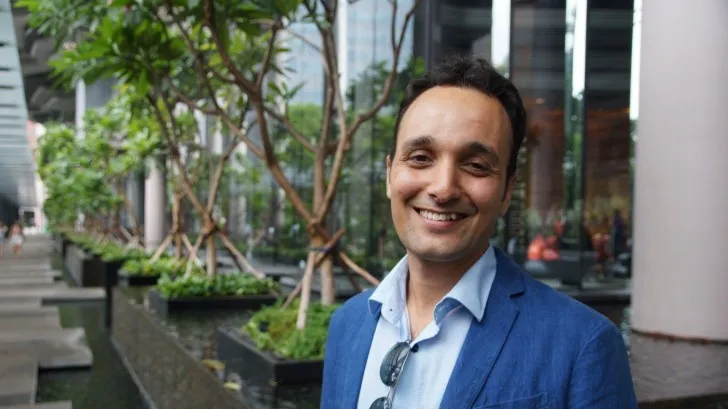
No man left behind: How insurtech is solving the underinsurance mess
Most problems in the industry seem to be ‘self-created’.
In its over 300-year-old history, the insurance industry has yet to bridge the underinsurance gap, especially in Asia—and the incumbents in the industry are to blame for making insurance inaccessible, an industry expert said.
Talking with Insurance Asia, Igloo Co-founder and CEO Raunak Mehta said that, currently, the digital insurance penetration rate in Southeast Asia (SEA) is at 2% and is bound to grow to 10% over the next five years. Generally, this may sound good, but for Raunak, this is troublesome.
SEA has the biggest smartphone users in Asia. In fact, smartphone penetration stood at 75% in the region. “This means that they have access to basic data. So why is the digital insurance penetration rate still at 2%? That tells you that there's a massive accessibility issue,” Raunak explained.
He then summarised the root of the problem: an issue of supply and demand meaning that most products available in the market are either too pricey or too complicated and inflexible to the needs of those who need them the most.
Most insurance products in the market do not cater to the people in the low to middle income population segment. And this segment, according to Raunak, takes up the most of Asia’s population. In SEA alone, 60% to 65% of the population are low to middle income earners.
Raunak explained that most of the insurance prices being supplied for low to middle income earners are over their financial capabilities. At the same time, these insurance products are offered through channels not frequently accessed by this segment of the population.
Insurtech’s role
Insurtech’s role in the insurance space is clear: they create insurance products that target specific needs of consumers at low premiums. And how insurtechs, like Igloo, do it to create real-life applicable products for consumers to purchase.
As an example, Raunak detailed how Igloo and a digital partner created a policy for food delivery riders.
In essence, food delivery riders are contract workers for food delivery services. This gives them a disadvantage of not having an employee-employer relationship. What Igloo did was identify the dangers that food delivery riders face every day, the first being income protection in case the rider, during his duties, is to be hospitalised for a number of days. It also created a policy that would cover repairs for motor vehicles and smartphones.
Another role insurtechs bring to the table to help fill the underinsurance gap is that it makes insurance a lot cheaper and therefore a lot more accessible for lower- to middle-income earners.
According to a report by McKinsey, consumers are attracted to insurance products created by insurtechs and partners because they sometimes offer selective discounting based on the intersection of smart devices and risk-minimising behaviours from activities, such as exercising or even just going out for a drive.
This is because, along the insurance value chain, 37% are active in distribution whilst 23% are in pricing. Within distribution, around 75% of insurtechs are focused only on enabling distribution by making products available to customers at their convenience, facilitating product comparison, and simplifying the purchasing process.
A tech company first
With Igloo dominating in SEA, their next target is the rest of Asia and the world. Raunak said that as Igloo’s leader, he is aiming to reach their number one goal: insurance for all.
“For the countries we have already entered [into], we are planning to penetrate the markets more. Provide our superior technology, provide the wide range of insurance products that we can bring to the markets with our industry partners,” Raunak added.
Recently, Igloo worked together with one of Indonesia’s top e-wallets DANA in creating Gamer’s Protection, targeting avid video gamers in Indonesia who worry about health risks associated with gaming. This was the second insurance product created by the two since the launch of Electronic Gadget Insurance in October 2021.
“We are a tech company first and then comes insurance because we believe that using technology the right way [and] building the right infrastructure will help us scale faster and better than the competition and thereby bring a good value proposition in terms of good products and services to the end consumer,” he concluded.
You may also like:
Igloo launches new AI-platform to gain ground in Vietnam







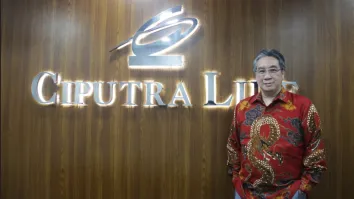


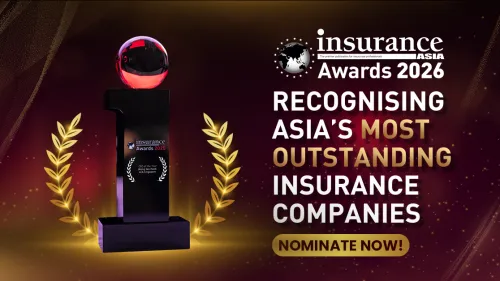
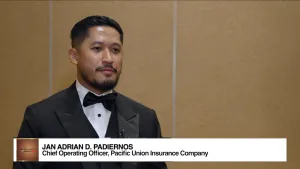
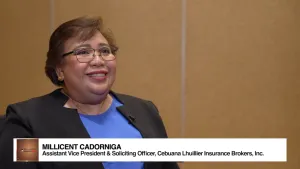
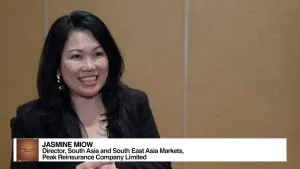
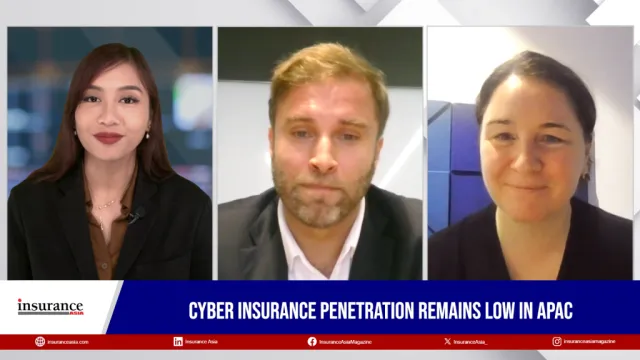
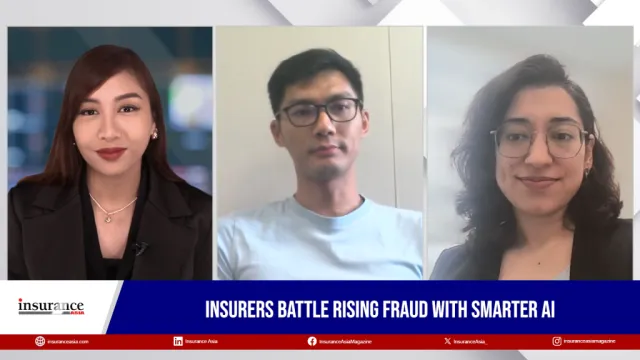
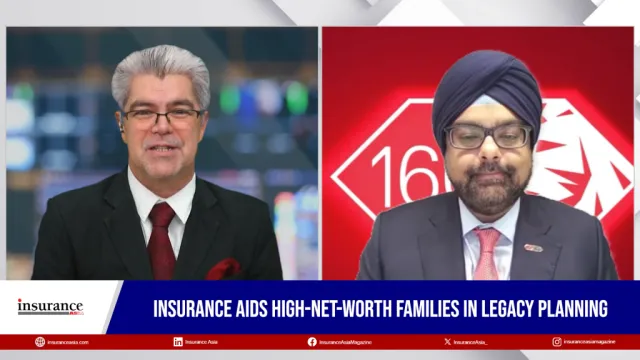
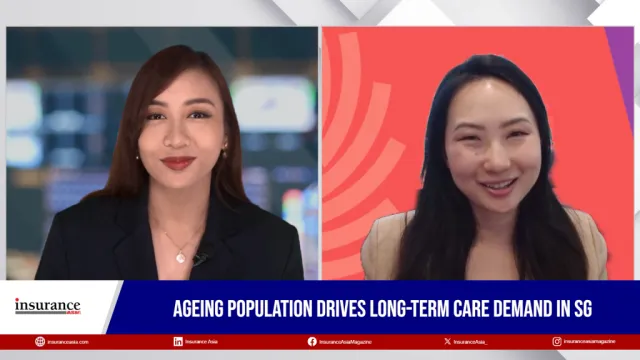
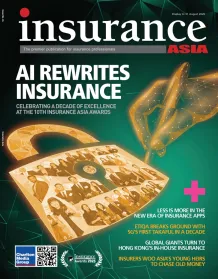
 Advertise
Advertise






